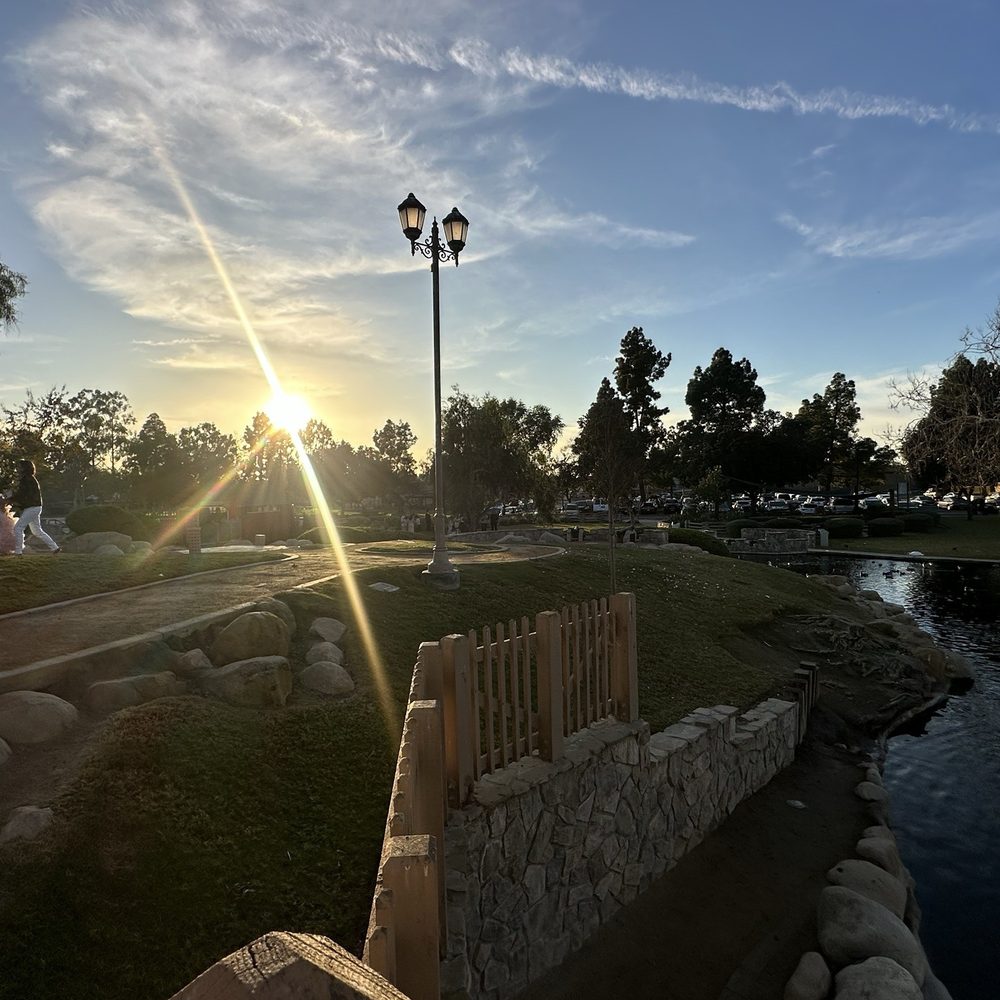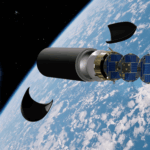Now Reading: ‘Comet’ could be nuclear-powered, Harvard scientist says
-
01
‘Comet’ could be nuclear-powered, Harvard scientist says
‘Comet’ could be nuclear-powered, Harvard scientist says

(NewsNation) — The Harvard scientist raising concerns about incoming comet 3I/ATLAS — namely, that it could be some kind of alien probe sent to study our solar system — is now saying the interstellar object may be nuclear-powered.
Avi Loeb said he bases this hypothesis on a July 21 image captured by the Hubble Space Telescope and shared by NASA. He said the image shows a glow on the front end of 3I/ATLAS, as if it is emitting light.
For various reasons, Loeb rules out the possibility that this glow is attributable to reflected sunlight or rare interstellar nuclear material. Instead, he is zeroing in on his previous suggestion that 3I/ATLAS may be alien tech.
“ … 3I/ATLAS could be a spacecraft powered by nuclear energy, and the dust emitted from its frontal surface might be from dirt that accumulated on its surface during its interstellar travel. This cannot be ruled out, but requires better evidence to be viable,” the theoretical physicist said in a recent blog post.
Appearing Wednesday on “Elizabeth Vargas Reports,” Loeb again noted the unusually precise trajectory of 3I/ATLAS, which will get relatively close to Mars, Venus and Jupiter.
“The timing of its arrival is perfect for that, with a likelihood of one in 20,000,” Loeb said. “We should observe it. It doesn’t look like it’s a random occurrence.”
Loeb advocates directing NASA’s Juno probe to intercept 3I/ATLAS for study. It’s also not a bad idea, he suggests, for the international community to get on the same page ahead of time in case alien intelligence does come knocking.
“You never know what type of intent it has,” Loeb says.
NASA says 3I/ATLAS is a comet that does not pose a risk to the Earth. Its name derives from the fact that it’s the third known interstellar object from outside our solar system; it was discovered by the Asteroid Terrestrial-impact Last Alert System.
Stay Informed With the Latest & Most Important News
Previous Post
Next Post
-
 012024 in Review: Highlights from NASA in Silicon Valley
012024 in Review: Highlights from NASA in Silicon Valley -
 02Panasonic Leica Summilux DG 15mm f/1.7 ASPH review
02Panasonic Leica Summilux DG 15mm f/1.7 ASPH review -
 03From Polymerization-Enabled Folding and Assembly to Chemical Evolution: Key Processes for Emergence of Functional Polymers in the Origin of Life
03From Polymerization-Enabled Folding and Assembly to Chemical Evolution: Key Processes for Emergence of Functional Polymers in the Origin of Life -
 04How New NASA, India Earth Satellite NISAR Will See Earth
04How New NASA, India Earth Satellite NISAR Will See Earth -
 05And Thus Begins A New Year For Life On Earth
05And Thus Begins A New Year For Life On Earth -
 06Astronomy Activation Ambassadors: A New Era
06Astronomy Activation Ambassadors: A New Era -
07SpaceX launch surge helps set new global launch record in 2024




















